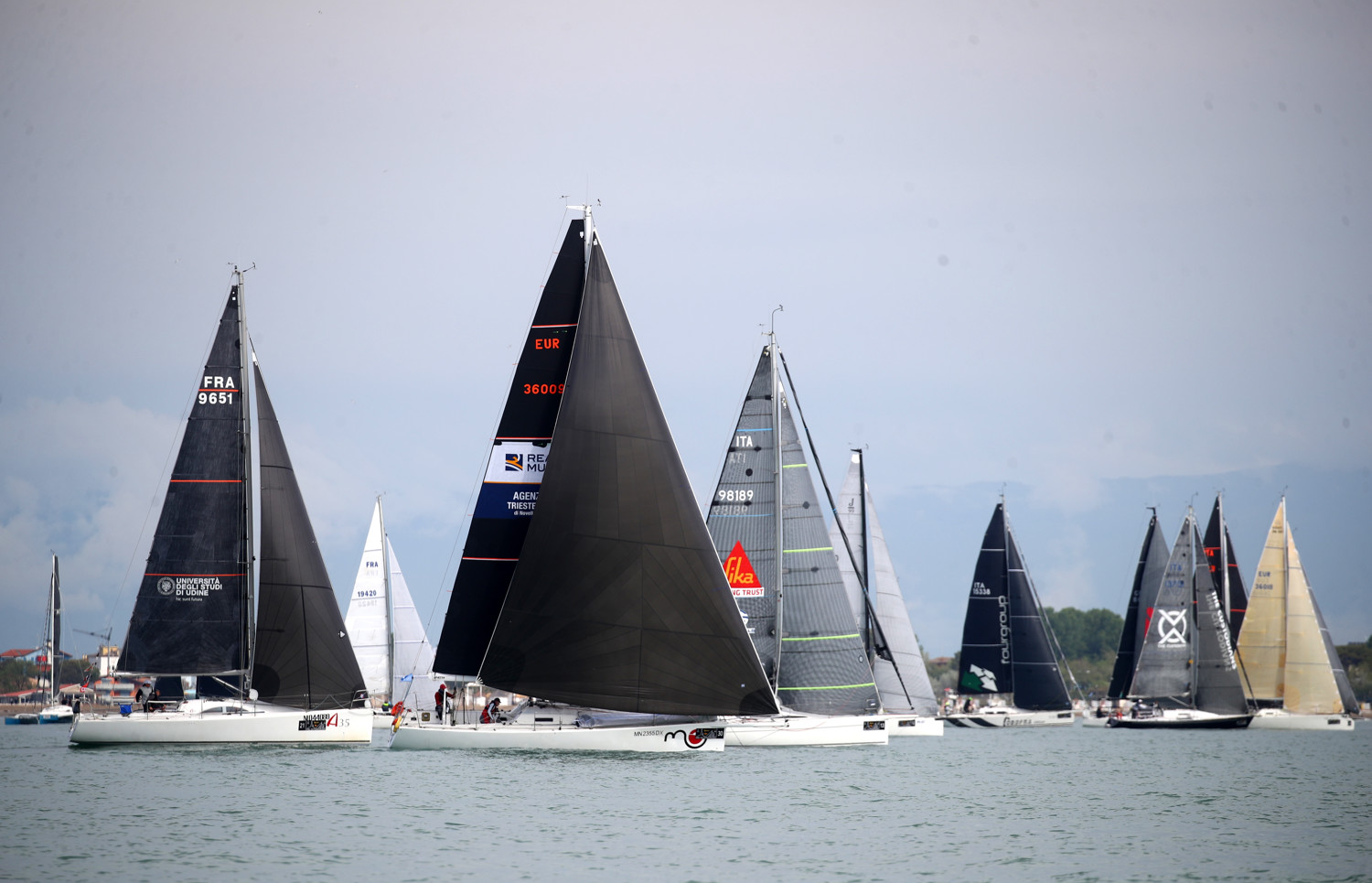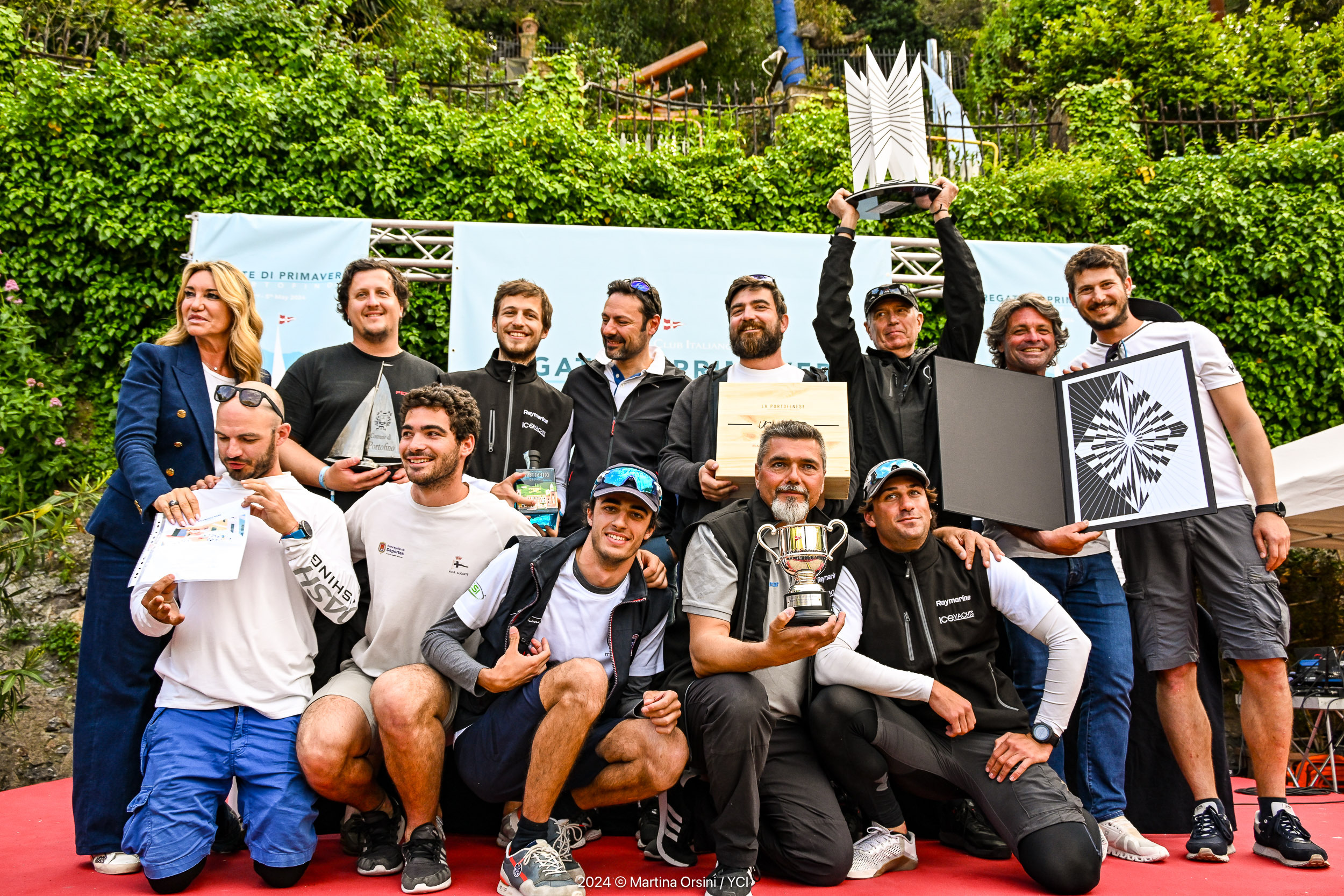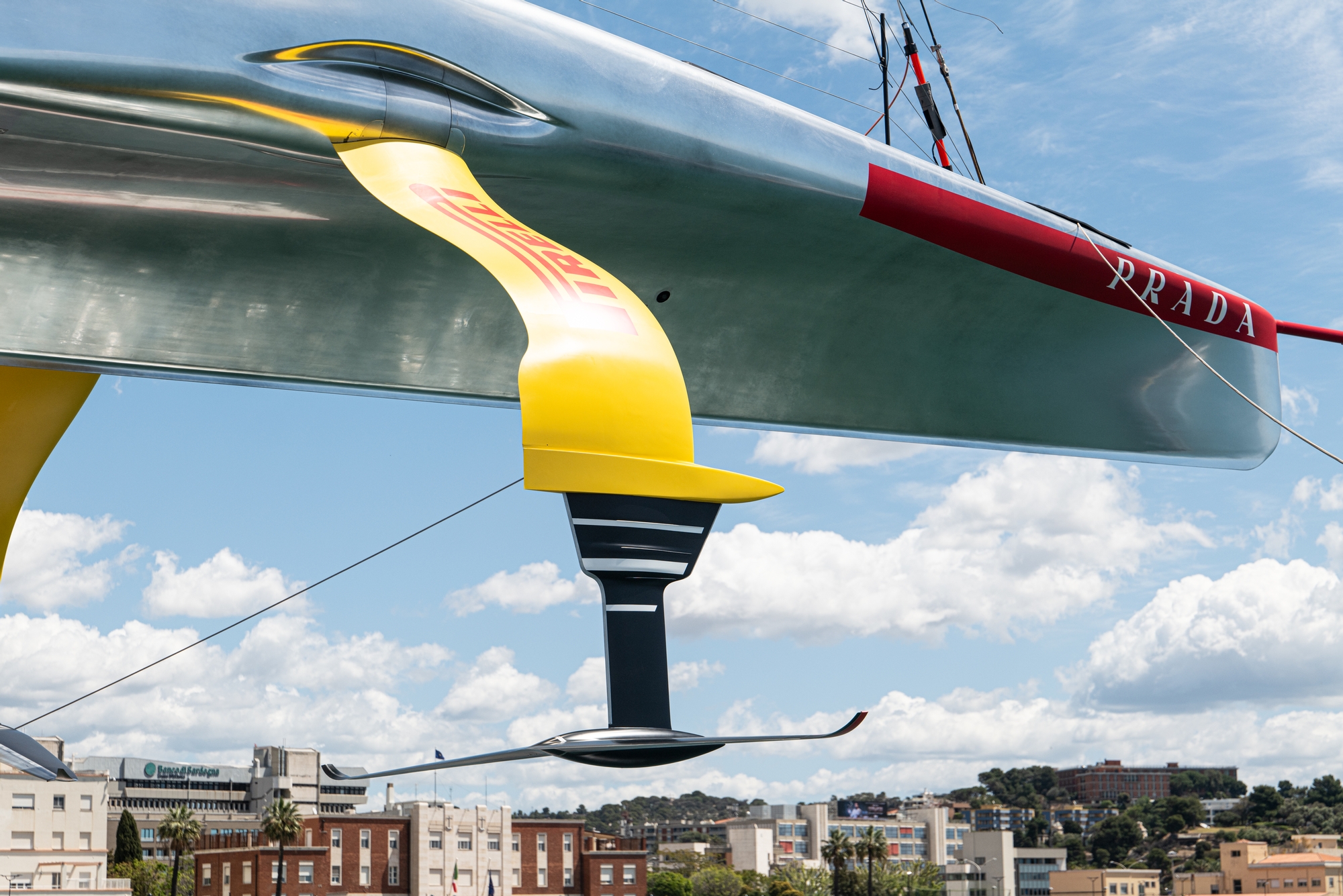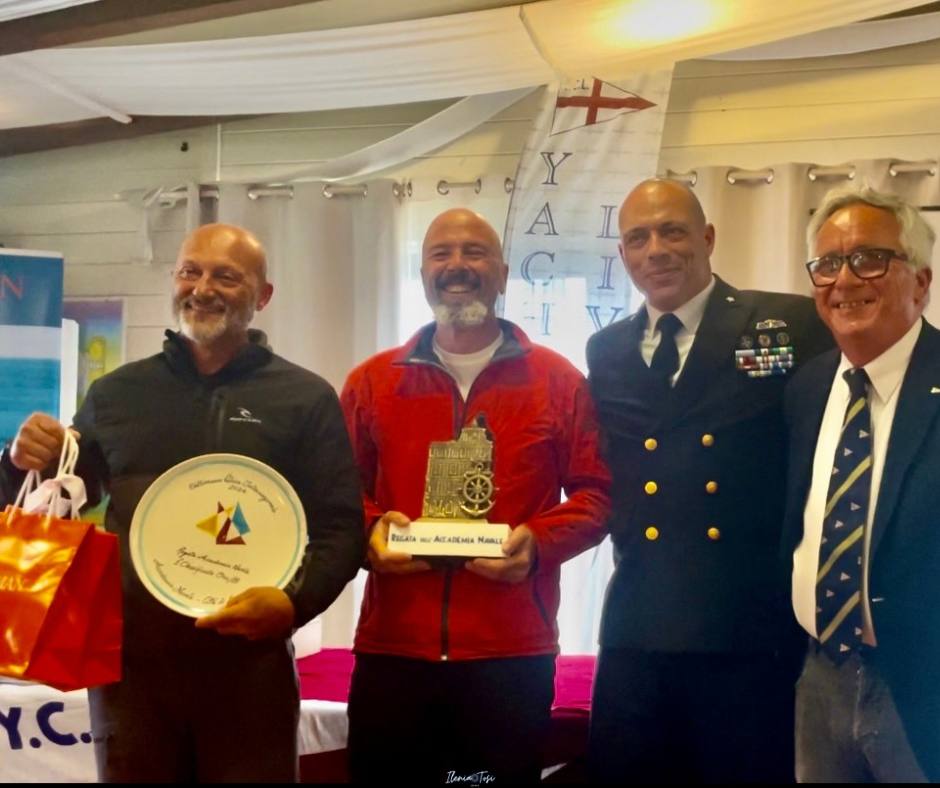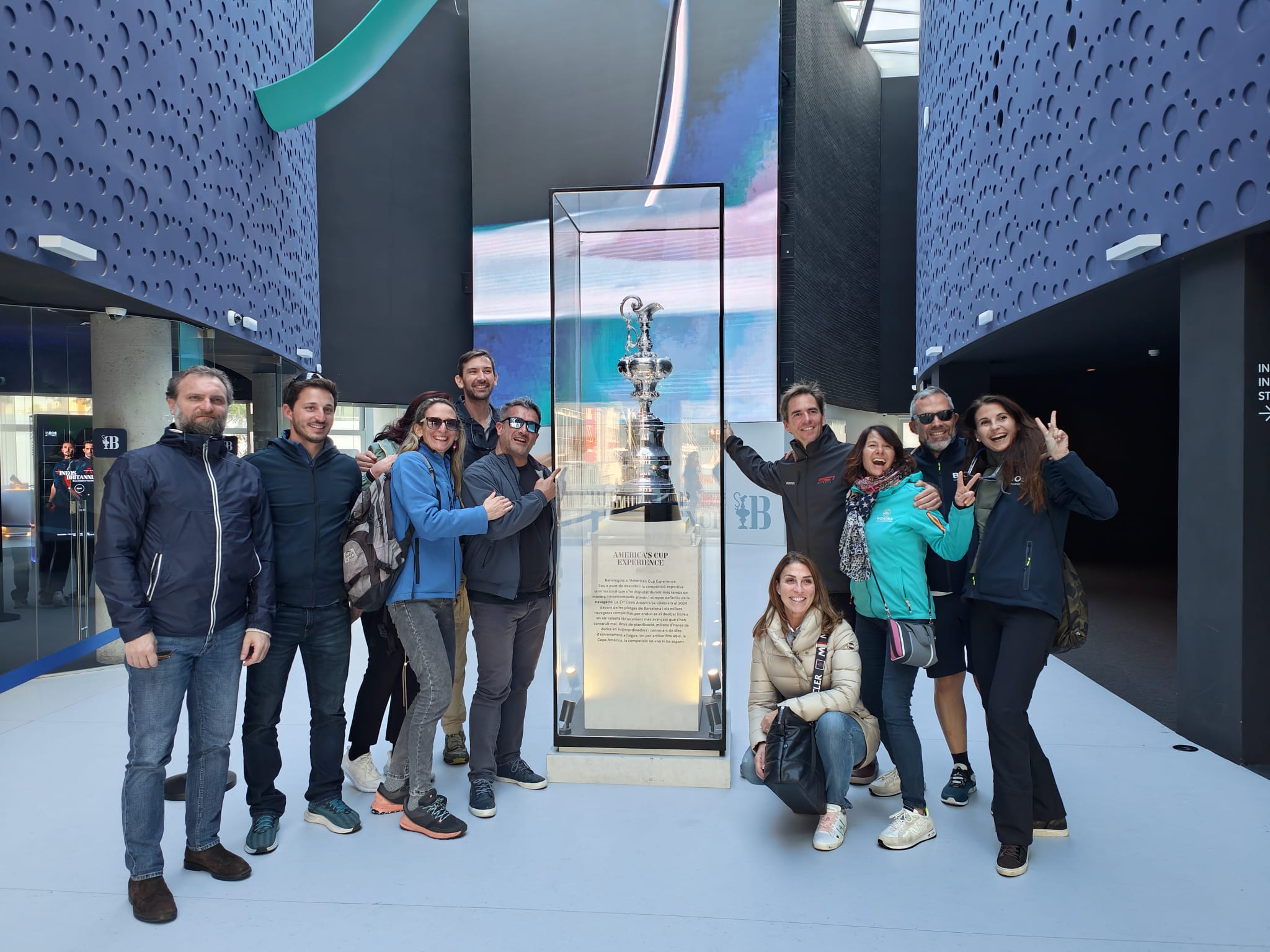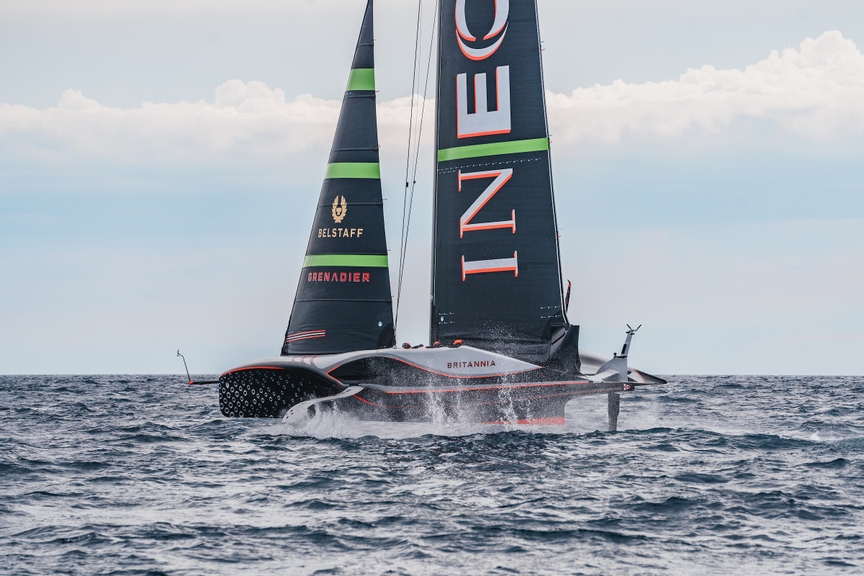Hong Kong– Cos’è successo davvero nella collisione tra Vestas 11Hour e un peschereccio cinese, in cui venerdì sera ha perso la vita un pescatore? In attesa dell’esito dell’inchiesta delle autorità locali sono poche le notizie fornite dall’organizzazione della Volvo Ocean Race.
I dati certi, stando al tracking ufficile, sono che alle 17:11:57 UTC di venerdì 19 gennaio, le 01:11 locali, Vestas navigava a 20,8 nodi, con un vento da 57° di 22 nodi. L’angolo al vento tra i 125 e i 131° è quello ideale per i Volvo Ocean 65, che navigano alla massima potenza con gennaker e reacher.
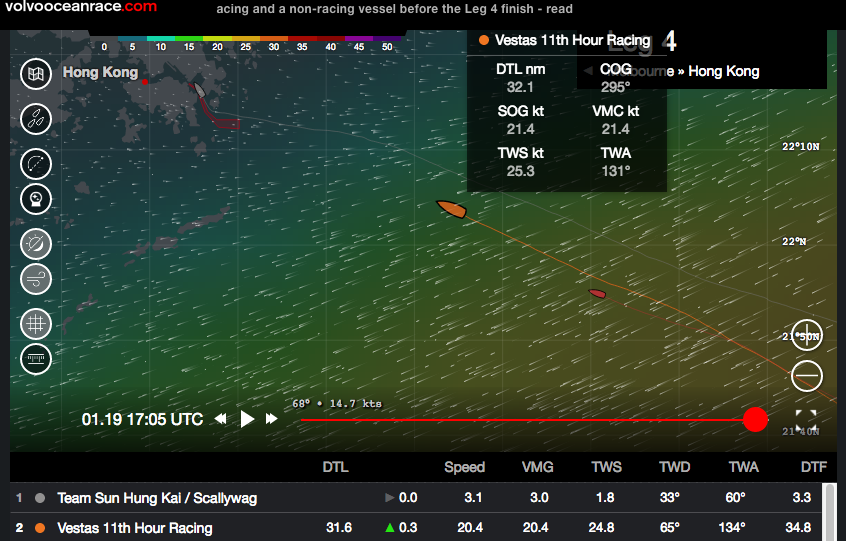
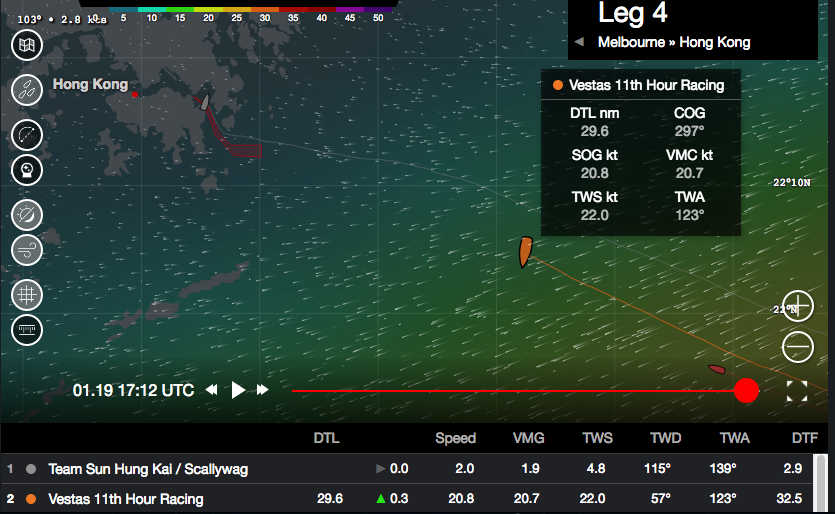
Vestas investe quindi il peschereccio cinese (la cui lunghezza e il cui nome non sono stati comunicati dalle autorità) alla massima velocità. Tutto accade in un tratto di mare assai frequentato, anche di notte, da numerose barche da pesca provenienti dalla terraferma cinese e da Hong Kong, oltre a navi e ad altri mezzi commerciali, come mostra questa videata del sistema AIS/Marine Traffic delle 14 UTC (le 22 ora locale) di oggi 22 gennaio.

In quelle acque può capitare che diverse barche da pesca navighino senza luci e senza sistemi elettronici tipo AIS per rendersi visibili, anche se il numero di pescatori a bordo, dieci, lascia supporre che il battello con cui si è scontrato Vestas e che è poi affondato non fosse proprio piccolo. L’entita dei danni su Vestas, in cui si nota un profondo squarcio sul mascone di sinistra, confermerebbe che l’urto sia avvenuto con Vestas che navigava al lasco mure a dritta, dato confermato dai dati di prua, vento e TWA. Il peschereccio quindi si sarebbe trovato nel cono visuale schermato sotto a gennaker e reacher, oltre che scarsamente visibile per la notte.
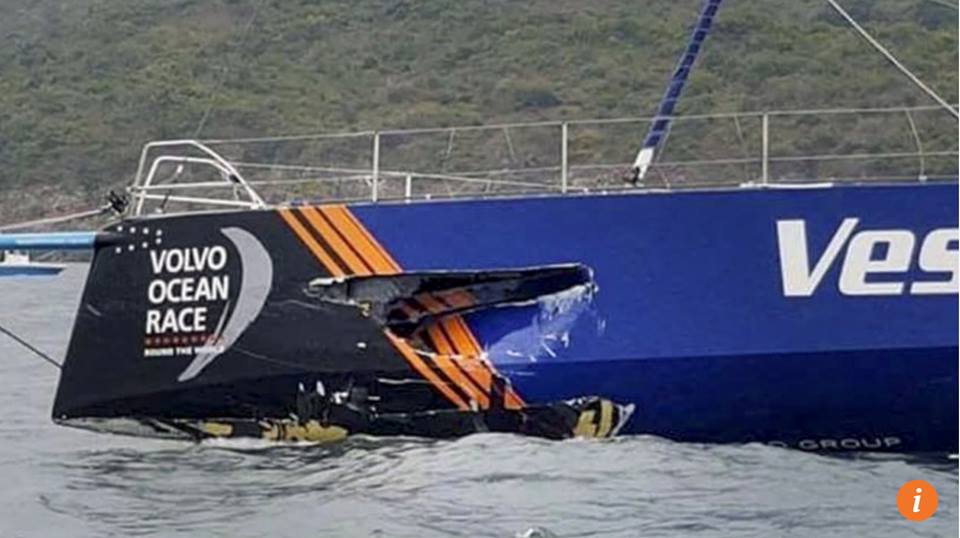
Navigando a 20,8 nodi, Vestas sviluppava una notevole potenza e comunque difficilmente avrebbe potuto evitare la collisione se il sistema di guardia non fosse stato vigile e la reattività immediata. In un tratto di mare così trafficato si potrebbe supporre che su Vestas il navigatore fosse agli schermi, vigilando rotta, radar e AIS.
La segnalazione dell’incidente al Race Control è avvenuta, secondo quanto confermato dal Race Director di VOR Phil Lawrence, alle 17:23 UTC (le 01:23 LT), ovvero 11 minuti dopo la collisione. Lo stesso Lawrence ha dichiarato che il fatto che la barca, poi affondata, avesse o no luci di via e da pesca accese è ancora oggetto dell’inchiesta.
La testimonianza dello skipper di Vestas 11Hour Charlie Enright avrà certamente già chiarito parte della dinamica, che non è stata ancora resa nota. Data la presenza a bordo dei VO65 dell’On Board Reporter e la pressoché continua registrazione delle videocamere di bordo, è presumibile anche che il momento della collisione sia stato ripreso e che vi siano immagini in tal senso, che non sono state ovviamente rese note per l’inchiesta in corso e per l’ipotizzabile drammaticità delle stesse.
Vestas ha lanciato un MayDay per conto del peschereccio e ha appena possibile proceduto alla ricerca dei naufragi, come conferma il tracciato visibile nel tracking, in cui Vestas sembra procedere con una classica tecnica di ricerca di uomini a mare procedendo a ventaglio sottovento. L’Hong Kong Maritime Rescue Coordination Centre ha allertato altri mezzi nella zona, che hanno recuperato nove dei dieci naufraghi.


Vestas, secondo quanto confermato da VOR, ha individuato il decimo naufrago, il pescatore poi deceduto dopo che un elicottero di soccorso inviato dall’HKMRCC l’ha issato a bordo, come si evidenzia da queste immagini video diffuse da Hong Kong TV, in cui si vede l’aerosoccoritore, l’elicottero e Vestas nelle vicinanze.
La foto notturna che segue mostra chiaramente Vestas, una zattera a poppa del VO65, l’elicottero (macchia bianca in alto) e il soccoritore che issa a bordo dell’elicottero il pescatore:
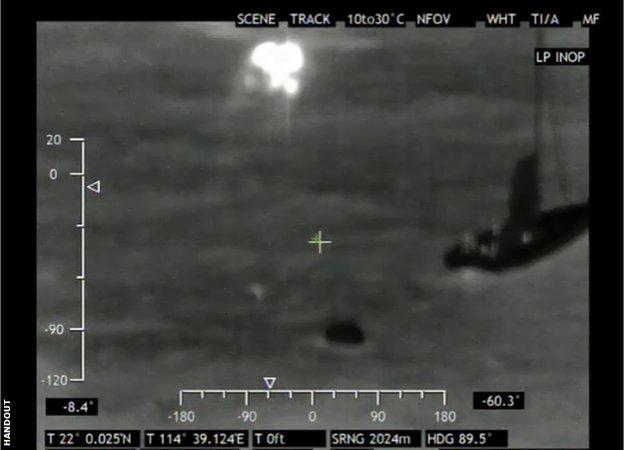
La posizione della ripresa è 22° 00′ 025 N e 114° 39′ 124 E.
Questi sono i fatti accertati. La riservatezza sull’incidente, comprensibile vista l’entità del caso e il fatto che Vestas abbia investito una barca da pesca intenta a pescare, quindi con diritto di precedenza, potrà essere chiarita solo dall’esito dell’inchiesta. Certo è, però, che arrivare a 20 nodi di notte in un porto trafficato come Hong Kong, dove si svolge un’intensa attività professionae marittima, presentava dei seri rischi e la Volvo Ocean Race dovrà necessariamente gestire in modo serio e responsabile questo grave incidente, magari sacrificando qualcosa alla sua visibilità e alle ripercussioni sugli sponsor Vestas e Volvo, che fanno della sicurezza e della sostenibilità uno dei punti centrali del loro marketing.
Va detto che sia Vestas sia Volvo Ocean Race stanno collaborando in moto attivo all’inchiesta, com’è ovvio che sia e come conferma il tono delle dichiarazioni rilasciate dal Race Director Phil Lawrence in un’intervista “autoprodotta”da VOR e che riportiamo a seguire nella versione originale:
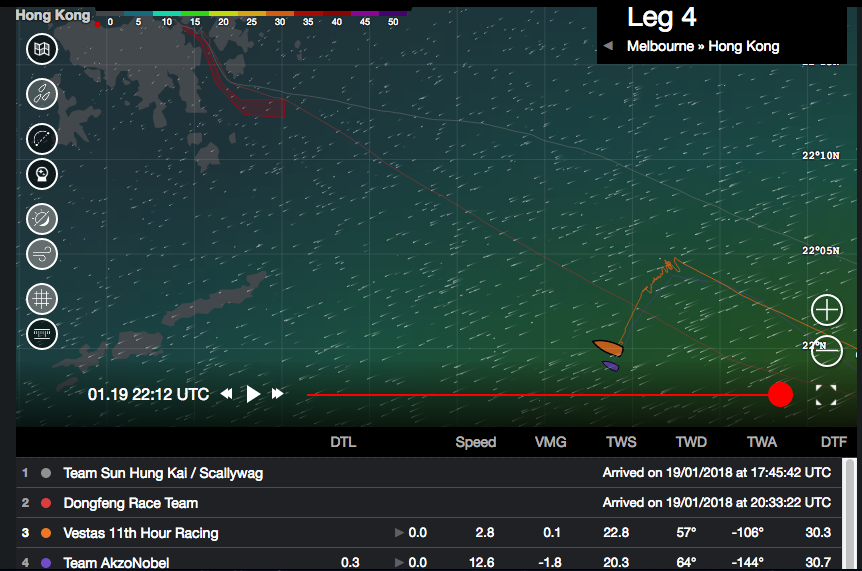
“Phil, what do we know about what happened on the night of Friday 19 January between Vestas 11th Hour Racing and a non-racing boat?
First of all, we know a man lost his life, tragically, after an incident with one of our race boats. We offer our deepest condolences to his loved ones and family. We are relieved that the nine other mariners on board were rescued and initial reports have them in good condition.
In terms of what happened, we know a collision occurred shortly before 1723 UTC (which is when Race Control received the first message from Vestas 11th Hour Racing) between Vestas 11th Hour Racing and a non-racing vessel. The incident took place around 30 miles from the Leg 4 finish line in Hong Kong.
Vestas 11th Hour Racing immediately stopped racing, informed us at Race Control of the incident (at 1736 UTC), sent a Mayday distress signal on behalf of the other vessel and aided in the search and rescue mission.
What happened then?
Hong Kong Maritime Rescue Coordination Centre informed Race Control that a nearby commercial vessel had rescued nine of the crew from the other boat, and a tenth was taken to hospital by helicopter after he had been rescued from the water by the Vestas 11th Hour Racing crew. We’re deeply saddened to report that Hong Kong MRCC confirmed the death of that airlifted crewmember later on Saturday morning.
What happened to the Vestas 11th Hour Racing crew and boat?
All Vestas 11th Hour Racing crewmembers are safe and uninjured but the boat suffered some damage to its hull. After participating in the rescue, the team was able to return to port without assistance and under its own power despite the damage. At no time did Vestas 11th Hour Racing request assistance for themselves.
What caused the collision? Was the other boat showing navigation lights, or using the AIS (Automatic Identification System)?
We don’t have answers to those questions yet but of course those are central question to the on-going investigation. Both Vestas 11th Hour Racing and the Volvo Ocean Race will cooperate with the relevant authorities to establish what happened.
Could Race Control have prevented this accident by informing Vestas 11th Hour Racing of an imminent collision?
No. While Race Control does monitor the position of the race boats for safety reasons, Race Control does not have access to the position of every other vessel at sea.
What do we know about the other vessel involved in the collision and its crew?
We are trying to find out more. We know the other boat was damaged significantly and understand that it sank as a result of the incident. We know that 10 crew were on board and that all 10 were recovered but tragically, one was later pronounced dead at the hospital. We at Volvo Ocean Race, along with Vestas 11th Hour Racing are working with the local authorities to learn more about the crew of the boat involved in the incident. In fact, that is our main priority.
Can you release the name of the casualty?
We are seeking confirmation of identity from authorities as well as the appropriate information to release as per local custom.
What happened with Dongfeng Race Team and team AkzoNobel in terms of them assisting with the rescue?
Dongfeng Race Team were the nearest race boat to the scene and they immediately offered to divert to assist. At 1821 UTC Vestas 11th Hour Racing confirmed by email to Dongfeng Race Team that additional assistance was not required as previously communicated by Race Control.
Later, when team AkzoNobel arrived near the area on its route to the finish line, Race Control requested they stand by to support Vestas 11th Hour Racing as a precaution. Neither Vestas 11th Hour Racing nor the Maritime Rescue Coordination Centre requested this assistance and once it was clear they were not required, Race Control released team AkzoNobel to finish the leg.
How is the crew of Vestas 11th Hour Racing?
As you would imagine they are very shaken and deeply saddened by the incident. They are being supported by the rest of their team as well the Volvo Ocean Race organisation and have access to professional support should they request it.
What happens next?
Along with Vestas 11th Hour Racing, we are actively working with the Hong Kong Police and the Maritime Authority to support the on-going investigation”.
Ricordiamo che nei Race Headquarter della VOR ad Alicante è presente una control room che è in costante contatto con le barche. Il punto è che in quella stessa control room si stava svolgendo la diretta streaming dell’arrivo di Scallywag al momento dell’incidente e che le notizie sulla collisione non furono rese note fino a due ore dopo l’accaduto, il che fa immaginare che la gravità dei fatti fosse subito chiara ai responsabili.
Il video della diretta dell’arrivo di Scallywag:
Per lo sponsor Vestas è la seconda crisi da affrontare dopo che nella scorsa VOR, la barca griffata Vestas, con altro scafo e un team completamente differente, si arenò sul reef di Cargados Carajos Shoals, a nord di Mauritius.


